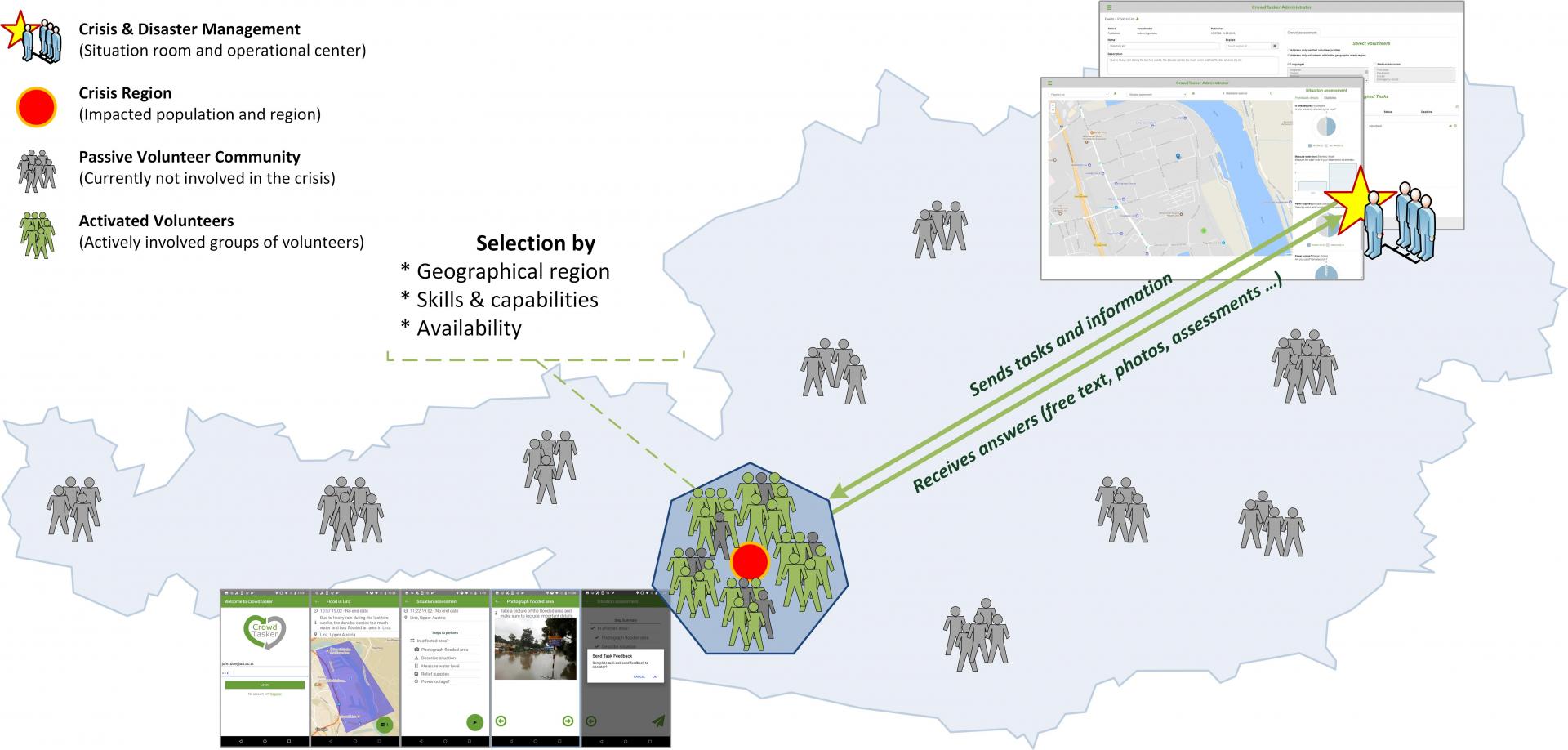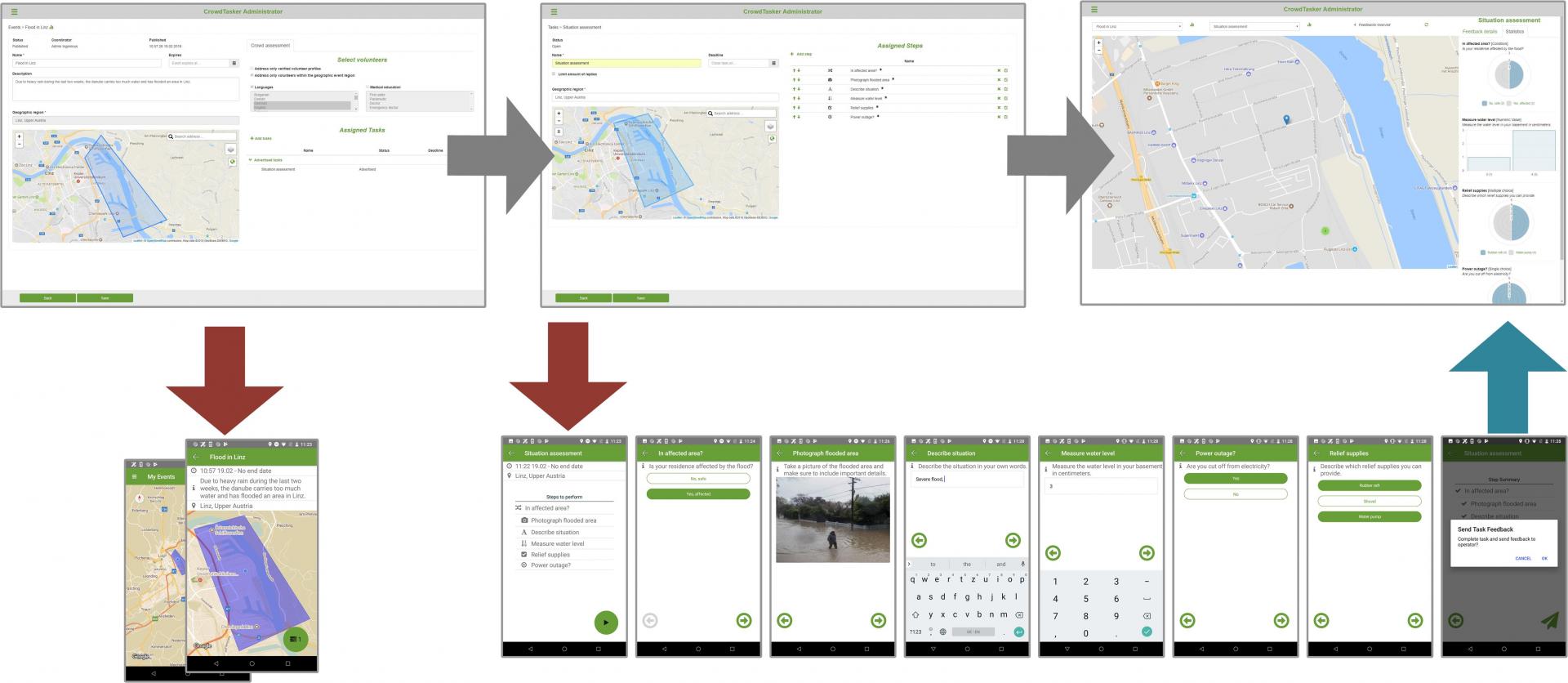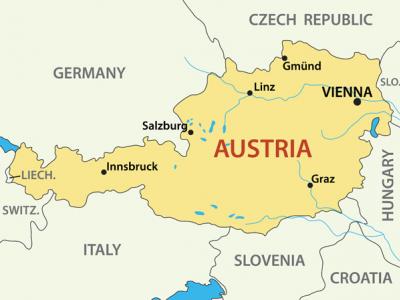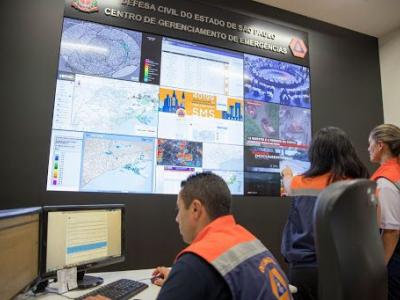Contact
Provider(s):
You must log in in order to see contact information. If you don't have an account, you can ask for one on this form.
CrowdTasker enables crisis managers to instruct large numbers of non-institutional (either spontaneous or pre-registered) volunteers with customizable tasks, contextual information, warnings and alerts, as well as to crowdsource information from them.
The received feedback is evaluated and visualized and provides managers with a detailed overview of the situation, which is used in turn to trigger adequate relief services.
When working with the volunteers that are already at a site CrowdTasker allows the crisis managers to:
- Dramatically reduce the time and effort needed to exchange information with these volunteers;
- Differentiate between the volunteers based on their profiles (e.g. skills, health) and positions
- Address the people that potentially possess local knowledge;
- Alleviate the workload for and organizations;
Supported Use Cases
CT-01 Address spontaneous volunteers
CT-02 Interact with existing informal volunteers groups
CT-03 Distribute warnings and alerts to registered users (alerting)
CT-04 Task and request specific reports
CT-05 Crowdsource field reports (observations) from solution users
CT-06 Conduct just in time micro-training
Addressed hazards
Innovation stage
Readiness
Crisis Cycle Phase
Crisis size
Supported standards
Illustrations
 |
Portfolio of Solutions web site has been initially developed in the scope of DRIVER+ project. Today, the service is managed by AIT Austrian Institute of Technology GmbH., for the benefit of the European Management. PoS is endorsed and supported by the Disaster Competence Network Austria (DCNA) as well as by the STAMINA and TeamAware H2020 projects. |




